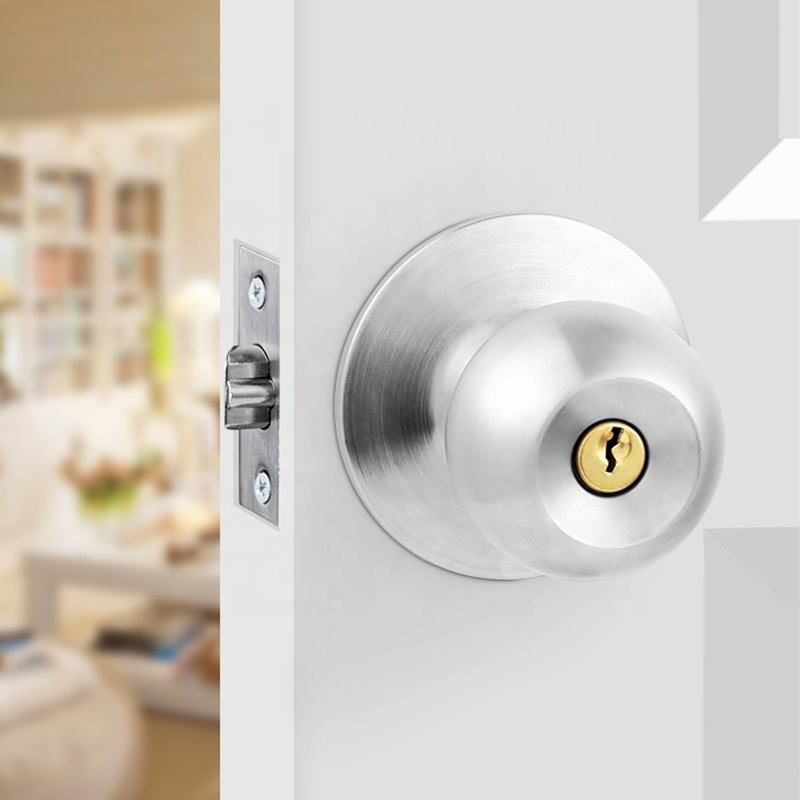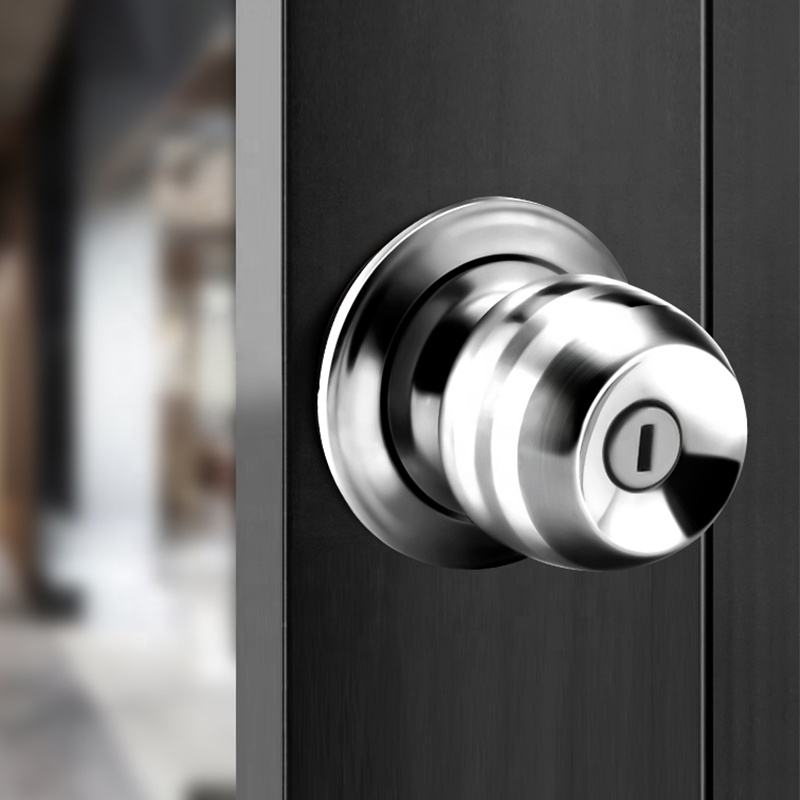Choosing the perfect wooden handles for your furniture involves a thoughtful consideration of various factors, from style and functionality to material and craftsmanship. Here are expert tips to help you make the right choice:
1. Consider the Furniture Style: The handles should align with the overall style of the furniture. For example, sleek and modern handles might not suit a rustic piece, and ornate handles might not work well with minimalist designs.
2. Focus on Functionality: Think about how the furniture will be used. Opt for handles that are easy to grip and use, especially for drawers and cabinets. The handles should enhance the functionality of the furniture.
3. Match or Contrast: Decide whether you want the handles to match the wood tone of the furniture or provide a contrasting color. Both options can work, depending on the desired visual impact.
4. Size and Proportion: Choose handles that are proportionate to the size of the furniture. Large handles on small pieces can overwhelm the design, while small handles on large pieces might not be functional.
5. Material Quality: Select handles crafted from high-quality wood. Well-processed and finished wood ensures durability and longevity.
6. Grain and Pattern: Pay attention to the grain pattern of the wood. If you’re looking for a uniform look, choose handles with consistent grain. For a more natural look, embrace the variations in the wood’s pattern.
7. Craftsmanship and Detailing: Inspect the craftsmanship of the handles. Hand-carved details, smooth edges, and precise finishes indicate the level of care and skill invested in the handles.
8. Personalization Options: Consider handles that can be customized or personalized. This allows you to add a unique touch to your furniture.
9. Comfort and Ergonomics: Handles should feel comfortable in your hand. Ergonomically designed handles ensure a pleasant user experience.
10. Test for Functionality: Before finalizing your choice, physically test the handles to ensure they are easy to grip and use. Consider how they feel when pulling or pushing.
11. Balance Symmetry: For furniture with multiple handles, ensure that they are symmetrically placed to maintain visual balance.
12. Backplates and Hardware: Think about whether you want backplates or other hardware elements to accompany the handles. These can enhance the overall look and protect the furniture’s surface.
13. Durability and Maintenance: Choose handles that are easy to maintain and clean. They should withstand regular use without losing their appearance or functionality.
14. Consistency or Variety: Decide if you want uniform handles across all pieces or if you’d like to mix and match styles for a more eclectic look.
15. Longevity and Timelessness: Consider handles that have a timeless appeal. While trends come and go, classic designs will remain relevant.
16. Seek Expert Advice: Consult with experienced woodworkers, interior designers, or furniture professionals for insights and recommendations on handle selection.
Choosing the perfect wooden handles involves a balance of aesthetics, functionality, and quality. By keeping these expert tips in mind, you can select handles that enhance the beauty and usability of your furniture while reflecting your personal style and preferences.


